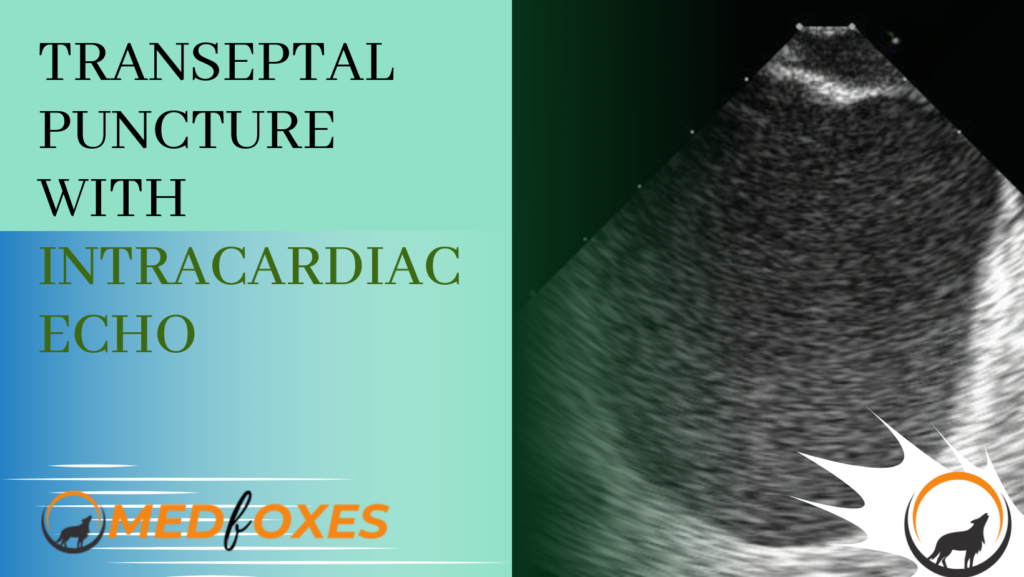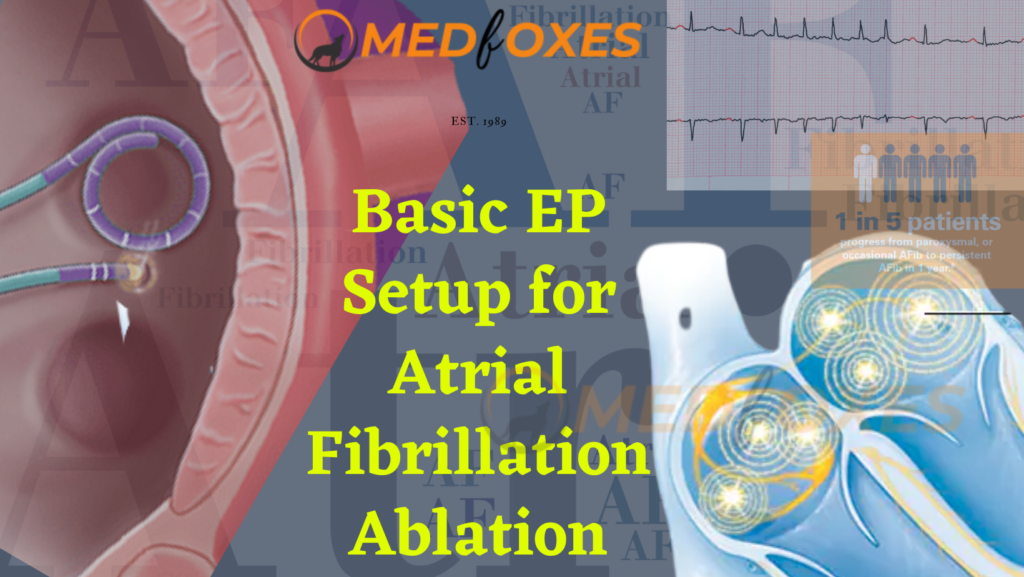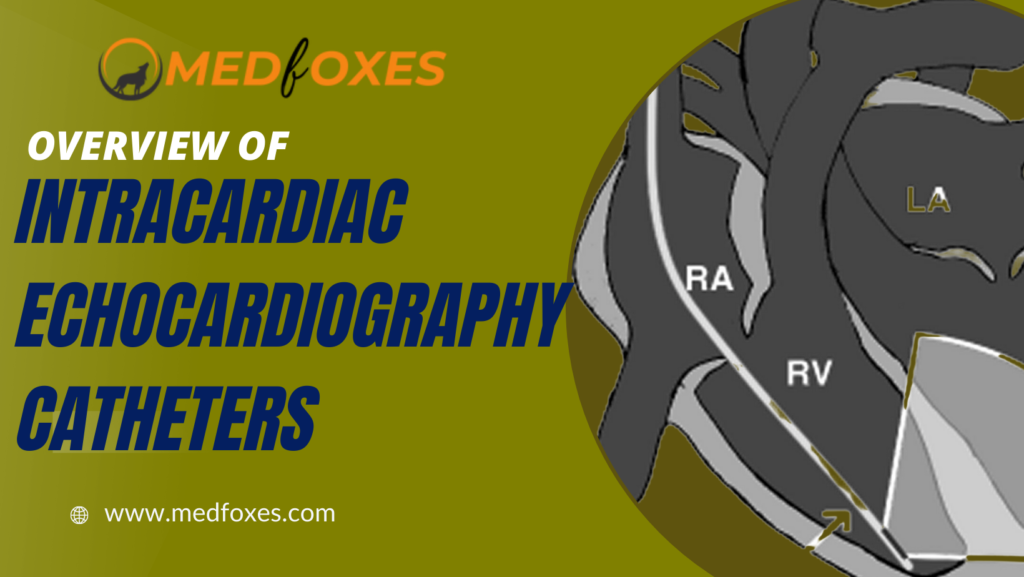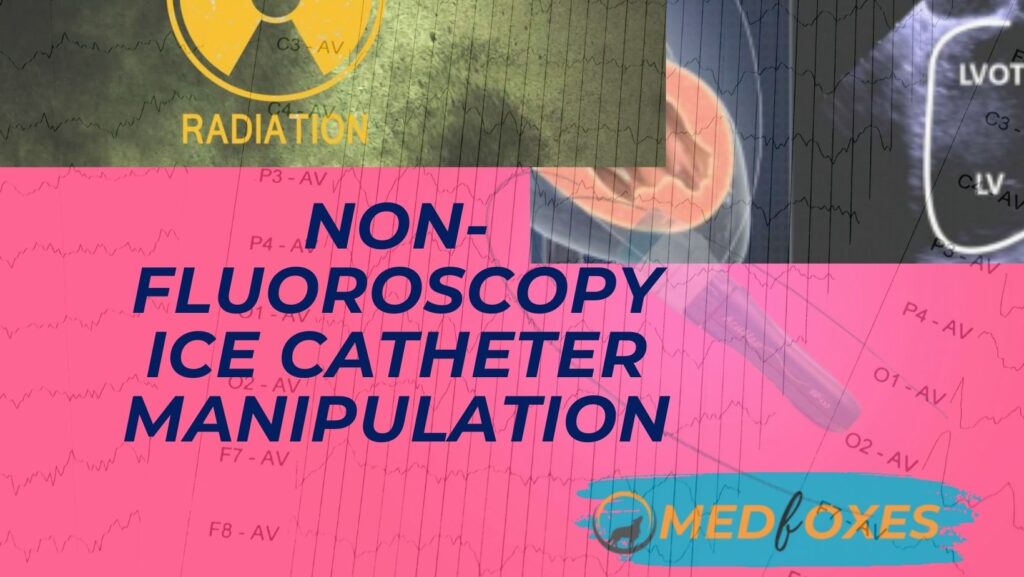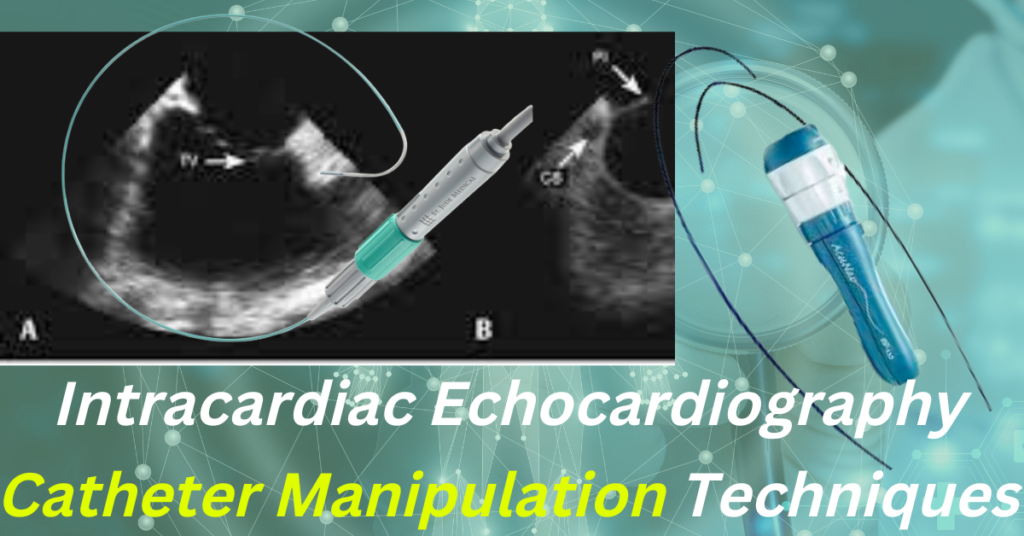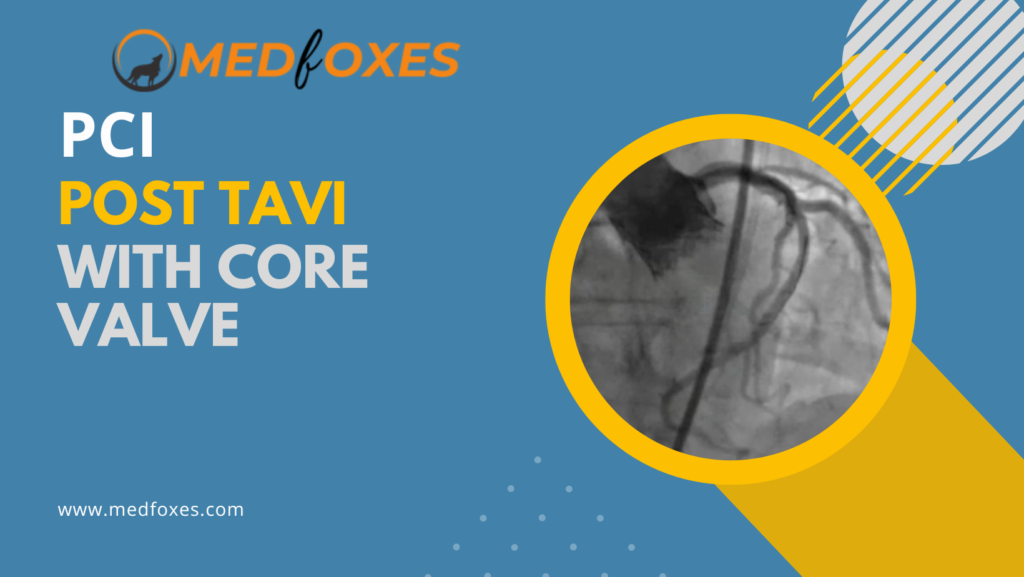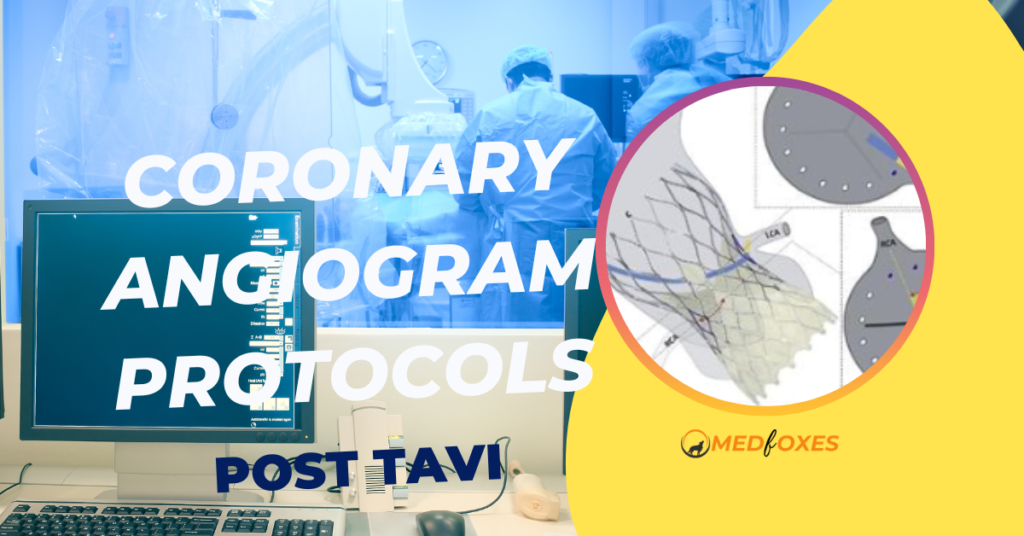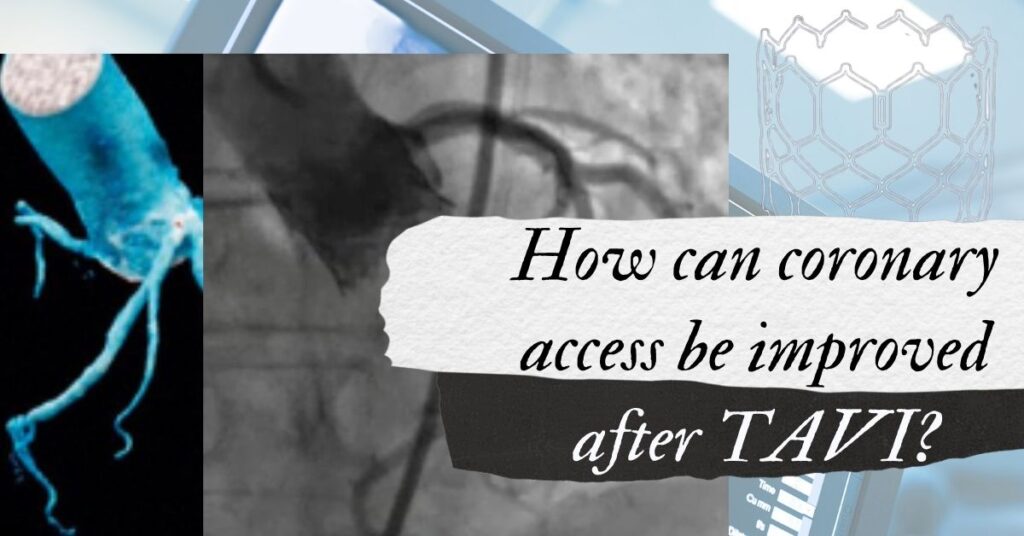Improving Transeptal Puncture Accuracy and Safety: The Role of ICE Imaging
Transeptal puncture (TSP) is a crucial step in numerous electrophysiology procedures, including atrial fibrillation ablation, left atrial (LA) and left ventricular (LV) mapping and ablation, and various interventional procedures like implantation of left atrial appendage (LAA) occlusion devices or mitral valve modifying clips, with transseptal puncture being the most commonly employed method for gaining access […]
Improving Transeptal Puncture Accuracy and Safety: The Role of ICE Imaging Read More »

